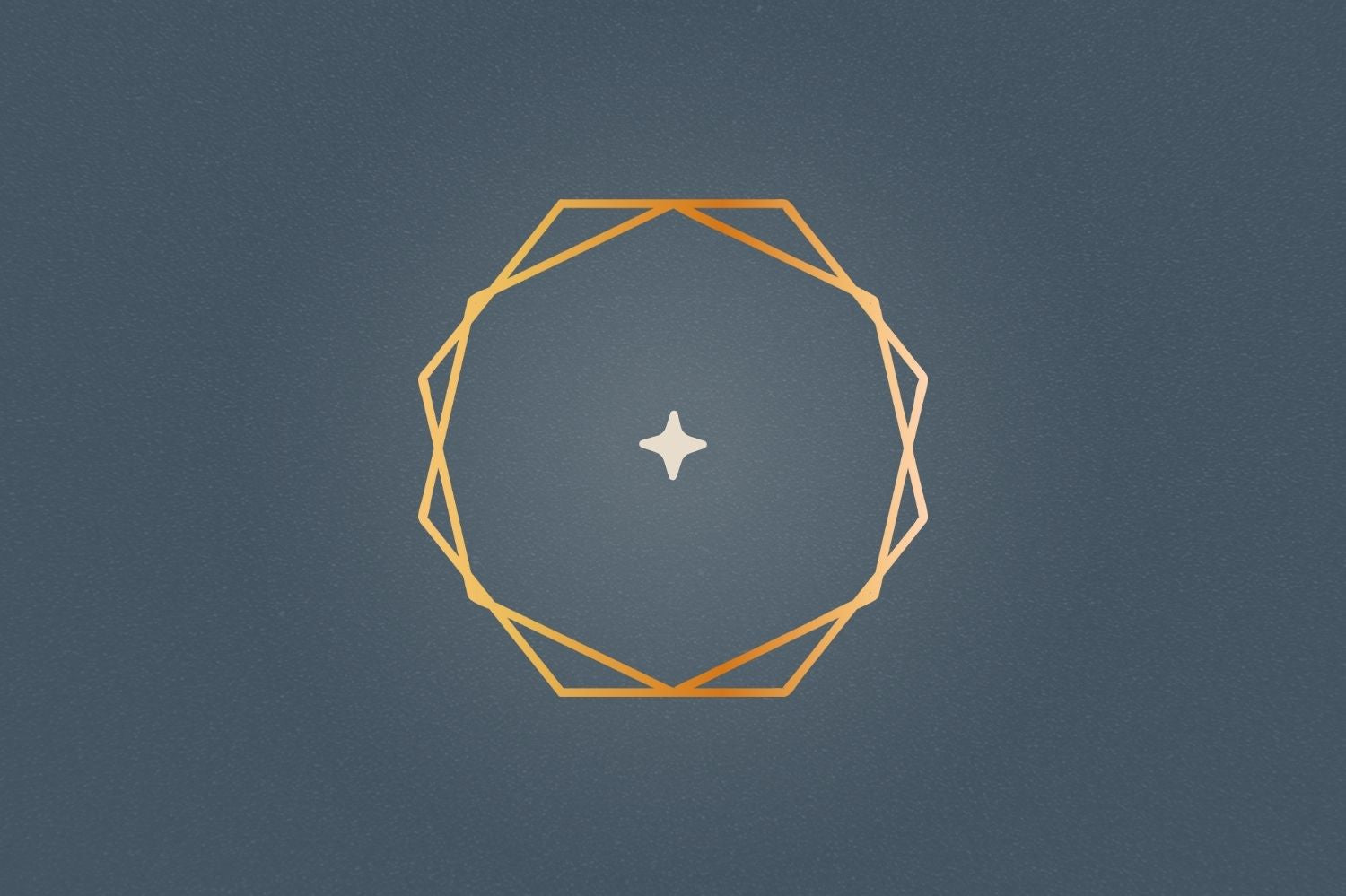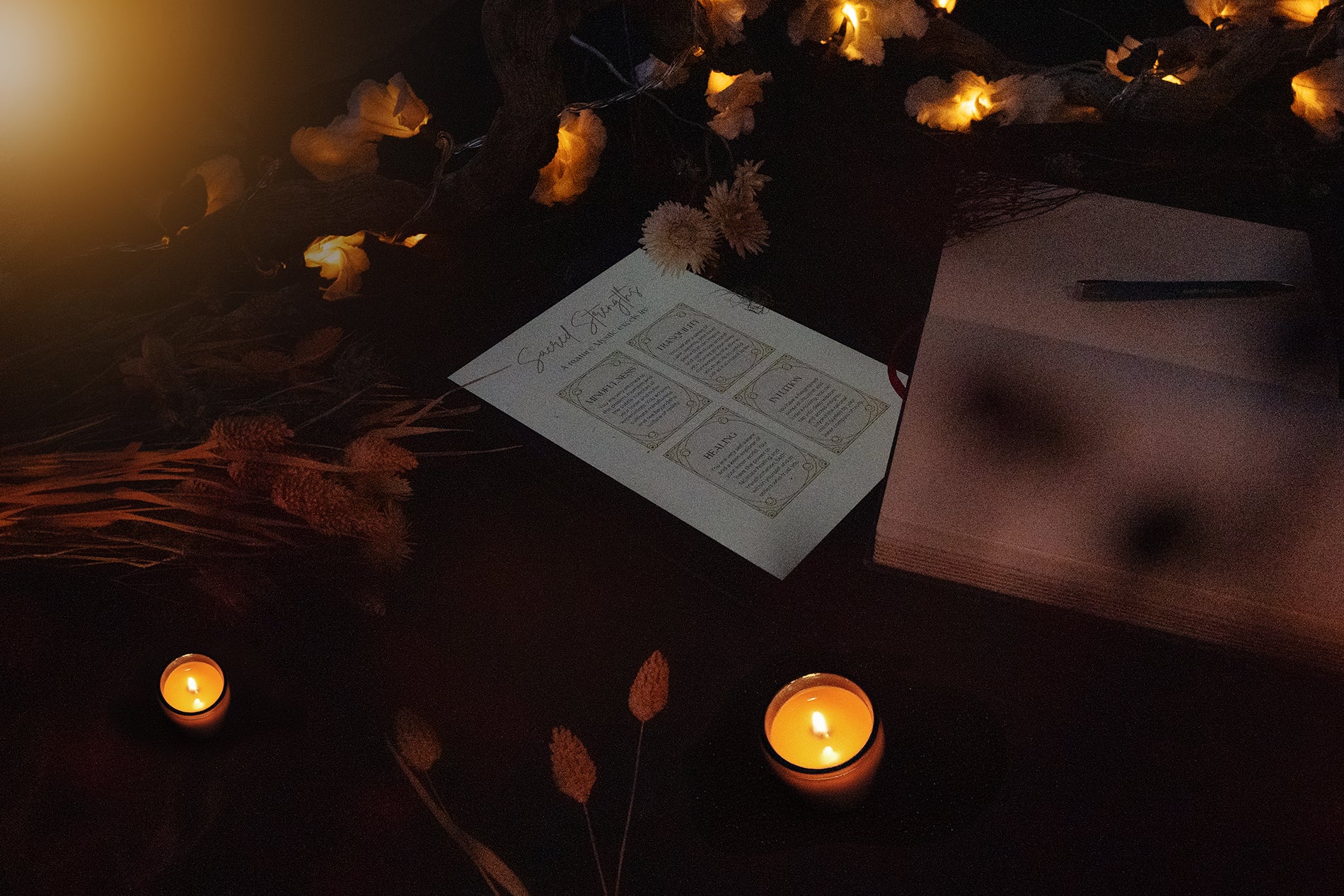
I find it hard to believe how much misinformation is floating around about Carl Jung’s archetypes. Do a quick Google search for “Carl Jung archetypes” and you'll find endless articles with titles like “The 12 Jungian Archetypes." Which is just... wrong.
Jung himself never wrote down a magical list of twelve, or any list of that matter, because archetypes are not defined by numbers. Those neat lists (4,7,12,...) came later, mostly from modern psychologists and brand strategists who wanted something catchy to work with. Helpful in some contexts, sure, but if we’re talking about Jung’s actual work, we’re way off track.
I don't mind anyone numbering archetypes and putting them into a framework so we can understand them more easily. What I do mind, however, is calling the "Jungian archetypes", as if Carl Jung himself had established them.
People think they’re studying Jung, when they’re actually reading pop psychology or marketing tools.
So maybe it’s time we finally change that. Welcome to my little rant (aka clarification of the actual Jungian archetypes).
The origins: Carl Jung & archetypes
Affiliating Carl Jung and archetypes per se is not wrong – he is the godfather of archetypes, or primordial images, how he originally called them. For Jung, archetypes weren’t personality types or neat categories but universal patterns of the human psyche. They show up in myths, fairy tales, dreams, religions, and stories across cultures. He also considered them part of the collective unconscious, a shared intuitive understanding of symbols and instincts we all tap into.
Let’s dismantle a few of the biggest misconceptions about archetypes:
-
No person corresponds neatly to one archetype.
You’re not just a "Hero" or "Mother". If we do use these images for personal development, we need to remember that we carry them all, in different proportions, at different times, and mostly unconsciously. They can teach us, help us grow, but not label us. We need to take the layered, often contradictory parts of human psychology into account. -
Jung’s goal was wholeness.
Jung's central idea was individuation, the process becoming your whole self. He wanted us to integrate all different aspects of the psyche, from the conscious to the unconscious, the ego and shadow, feminine and masculine. -
There are potentially infinite archetypes.
Jung never set a number. Archetypes arise from the collective unconscious, where they evolve, interact and often even overlap. While hundreds have been explored in myth, literature, and psychology, there’s no fixed set.
In short: archetypes are not personality quizzes (even though I do get the appeal and have admittedly contributed to that by creating my own 😉). However, if we truly want to understand archetypes, we need to look beyond the one(s) we most naturally gravitate towards, and begin working with the full spectrum they represent. Jung's original message was that we should try our best to weave all these pieces into the larger pattern of the Self, so we can become as "whole" as possible.
Which archetypes did Carl Jung define?
Jung actually didn't explicitly name as many archetypes as people like to believe, and some of the ones he did highlight aren’t the ones we might expect. His theories are dense, so I do get why his work has been often misrepresented. Some of the archetypes (the more story-telling, character-like ones) we tend to instantly understand, whereas the parts of the psyche representing archetypes need a bit more explanation.
So let's have a look at which archetypes Jung did define, including relevant sources (so you can see I'm not making them up like others have).
Jung's character and motif archetypes
I think these images Jung frequently mentioned are they easiest to start with, since they are recognizable figures we intuitively understand.
- The Mother/Great Mother – reflects both nurturing care and destructive power; she is life-giver and devourer in one. → Archetypes and the Collective Unconscious, Symbols of Transformation
- The Child – stands for innocence, potential, and new beginnings; also linked to vulnerability and the promise of growth. → Archetypes and the Collective Unconscious
- The Trickster – the rule-breaker who stirs up trouble, makes us laugh, and exposes hidden truths. → Archetypes and the Collective Unconscious
- The Hero – represents the quest to overcome obstacles; must often face trials to achieve victory. → Symbols of Transformation
- The Maiden/Kore – symbolizes purity, youth, and the promise of transformation; often connected to themes of awakening and vulnerability. → Archetypes and the Collective Unconscious
- The Wise Old Man – spirit, wisdom and guidance often appearing in dreams; a mentor or teacher figure who points the way. → Archetypes and the Collective Unconscious
Jung also wrote about archetypal motifs like spirit (connected to the wise old man), the mandala and rebirth. They’re universal symbolic patterns found in nearly all religions as well as stories and rituals worldwide.
Jung's psychological archetypes
In this case, it can be a bit difficult to understand what makes them archetypes, since they're not as visual as the examples above. Jung considered them universal patterns of the psyche. You don’t invent your shadow or persona; they form naturally as part of being human. While each person’s version looks different, the structure is shared universally.
- The Shadow – the repressed, darker aspects of the psyche. → Aion
- The Anima – the feminine aspect in the male psyche. → Aion
- The Animus – the masculine aspect in the female psyche. → Aion
- The Self – the archetype of wholeness. → Aion
Together with the ego and the persona (which aren't considered archetypes since they are more individual), they form part of Jung's model of the psyche.
What about feminine/masculine archetypes?
Jung’s ideas about masculine and feminine energy are a bit of a mixed bag. On one hand, he argued that every person carries both sides within them, and that true growth comes from balancing these opposites; a belief that also historically surfaces in other traditions (e.g. yin & yang). On the other hand, his writings also reflect the societal norms of early 20th-century Europe. He often described women as naturally more emotional and men as naturally more rational, which makes me sigh very deeply at times when reading his original texts.
Feminine-coded archetypes Jung frequently spoke about are the anima, the great mother and the maiden. When it comes to the masculine, he explicitely mentioned the animus, the hero and the wise old man. The father was mentioned, but more generally, not as its own archetype.
What I like about Jung’s ideas is the concept that we all carry inner opposites, aka masculine and feminine qualities. Realistically, we probably should rename them if we truly believe that masculine isn't just men, and feminine isn't just women. While we may naturally lean one way or the other, real growth comes from integrating them all and finding a sense of balance.
The very rational-minded person needs at least some access to their emotions, the very intuitive, flowy character needs at least some structure to not go amiss. Too much of a good thing, without the opposing energy, quickly tips into the shadow. That's why I, like Jung, believe the integration of our 'missing parts' to be very valuable.
Where the numbered archetypes came from
The numbered lists of archetypes you see today are adaptations, not something Jung himself created.
Popular frameworks include:
- The 12-Archetype System from Awakening the Heroes Within and The Hero and the Outlaw by Carol S. Pearson, frequently used in business and branding
- The 7 Feminine Archetypes from Godesses in Everywoman by Jean Shinoda Bolen, mapping Greek goddesses to the female psyche
- The 4 Masculine Archetypes from King, Warrior, Magician, Lover by Robert Moore and Douglas Gillette, outlining four core patterns of mature masculine energy
By the way, in defense of the authors: None of them ever claimed that their archetype systems come from Jung himself (apart from obviously giving credit for his role in our early understandings of archetypes).
They have just been popularized and often misrepresented that way, because, well, people know and like Jung, it all sounds very credible that way, and numbered lists are just beautifully clickworthy.
Let's give credit where credit is due
Numbering archetypes? Fine to me, as long as their real nature is mentioned somewhere. Creating frameworks? Also fine. (I love both). But let’s just stop pretending these systems came straight from Jung’s desk. At best, they’re Jungian-inspired. At worst, they distort his ideas beyond recognition.
So please: readers, writers (and maybe even search engines?), let’s stop mislabeling them as “Jung’s 12 archetypes.” If this post ever manages to climb to the top of Google for searches about Jung and archetypes to fix some of that misinformation, my mission is done here.
Thank you for coming to my TED talk.

Continue the journey
Grow with the archetype workbooks
The Feminine Archetype Workbooks are gentle companions for self-reflection and personal growth. Each one offers prompts, insights, and exercises to help you map your inner world. If you’re curious to explore what these archetypes might awaken in you, the workbooks are here to guide you into deeper alignment with your most authentic self.